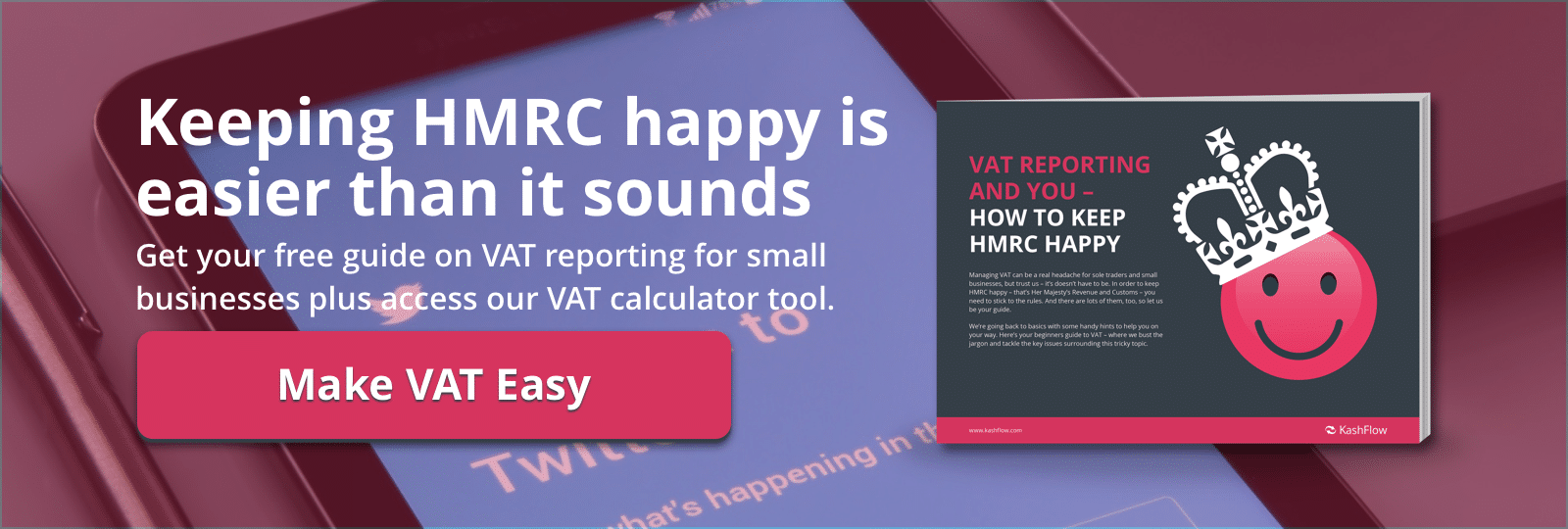Corporation Tax Reform of Loss Relief: What’s The Latest?
The Corporation Tax reform of loss relief was originally announced in the Finance Bill, as published 20 March 2017, and was originally scheduled to come into force on 1 April 2017.
The policy’s aim is to make tax relief more flexible. It also aims to ensure profitable businesses pay a fair amount of tax.
As a result of the snap election and formation of a coalition government, however, the Corporation Tax reform of loss relief is now in limbo. In fact, the Finance Bill wasn’t mentioned at all in the most recent Queen’s Speech (2017).
What are the proposed changes in the Corporation Tax reform of loss relief?
 The Corporation Tax reform of loss relief proposes that losses arising from 1 April 2017 and carried forward can be set against the total taxable profits of a company and its group members. This is called “loss relaxation” as it offers a more flexible way for losses to be utilised.
The Corporation Tax reform of loss relief proposes that losses arising from 1 April 2017 and carried forward can be set against the total taxable profits of a company and its group members. This is called “loss relaxation” as it offers a more flexible way for losses to be utilised.
There is a second element to the proposed policy, called “loss restriction”. If enforced, this will mean that the amount of profit that can be relieved with carried-forward losses is now restricted to 50% of the profits during the period. Furthermore there is an introduction of an annual allowance of £5 million for companies or a group where losses can be used without the 50% loss restriction. It is expected that 99% of companies will be unaffected by the loss restriction due to the annual allowance available.
What will the Corporation Tax reform of loss relief apply to?
These proposed changes to loss relaxation and restrictions will apply to trading losses, as well as:
- Non-trading deficits on money lending (known as loan relationships)
- Management expenses
- UK property losses
- Non-trading losses on intangible fixed assets
Currently, pre-April 2017 trading losses won’t be relaxed. Companies can, however, choose whether to use pre-April 2017 trading losses before others available.
What does this mean for your small business?
These loss restrictions are most likely to affect businesses with large upfront costs. A good example would be companies that invest large amounts in research and development before they expect make their first profit.
Business may have to adjust their tax forecasts and profit projections to account for delays in using losses.
What should you do next?
An accountant could really help small businesses plan the best use of the reliefs available to them. At KashFlow, we partner with a range of accountants, who you can contact through our Accountant Directory.
No head for numbers? No problem. KashFlow is cloud-based accounting software that keeps bookkeeping, tax filing and other business accounts easy to understand and even easier to manage.
Arrange a free demo on 0844 815 5779 or try it yourself with a free trial.
Keep reading:
Dealing with HMRC can be a headache at times. But when it comes to VAT, we’ve got you covered. From registering for VAT to calculating how much you owe, we’ve included it all in our free guide. Start reading now.

